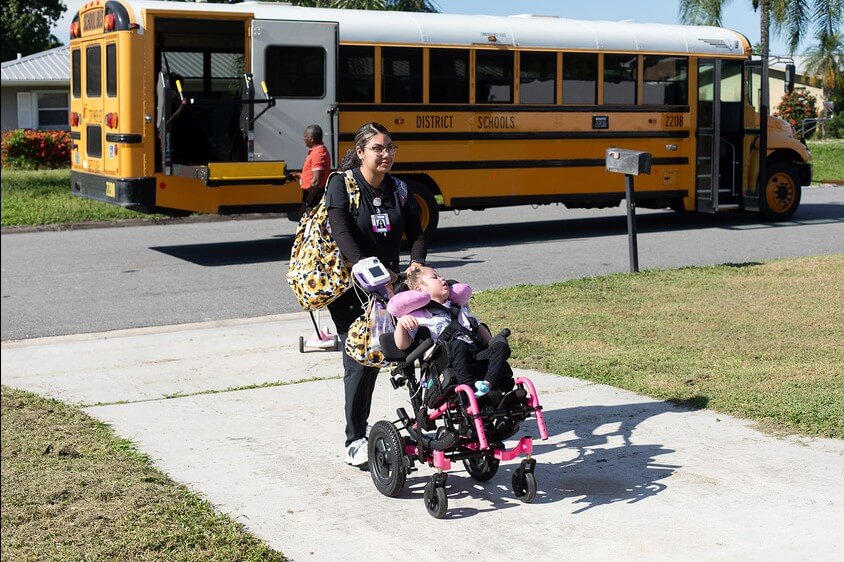Apraxia can be a bit mysterious no matter who you are. I remember being a newly-minted clinician, working in early intervention, and having a parent tell me that their child had been given a diagnosis of apraxia by their pediatrician. I distinctly remember having a flutter of panic as I tried to remember my grad school classes and what exactly apraxia meant.
If you look it up in a book, the disorder (technically called Childhood Apraxia of Speech) is a motor-speech disorder that affects a child’s ability to plan and produce the specific tongue, lips, jaw, and palate movements necessary to produce clear, intelligible speech. Or, in other words, kids with apraxia have a really hard time getting all of the pieces of the speech machine assembly line moving in the right direction at the right time. The end result of the speech machine being out of synch is speech that can be very difficult for a listener to understand.
To extend the speech machine analogy a bit further, I think that it is sometimes helpful to think about a single sound moving down an assembly line. At the top of the assembly line is the brain, and it thinks it wants to say the /k/ sound. A message is sent down the line that triggers the lungs to inhale, then exhale slowly while keeping the vocal folds open and still. At the same time, the back of the tongue is told to rise up while the tip remains down, the soft palate (or velum) is asked to drop down and make contact with the back of the tongue, and the lips are told to stay relaxed and open. When all goes well, our speech machine is able to transform a little puff of air into a perfectly formed /k/ sound. But, let’s imagine that there is some loose wiring in there somewhere and the tip of the tongue gets a message to go up instead of the back of the tongue. Crud. Now our /k/ has turned into a /t/. All it took was one little hiccup on the assembly line and our message to our listener is now “I can’t find my tea!” rather than “I can’t find my key!” In a nutshell, this is apraxia – a series of little wiring issues on the assembly line that, when added up, make communicating very difficult.
For me, though, the most important thing to know about apraxia is that it has absolutely nothing to do with a child’s cognitive abilities. This means that a child may be of average (or above average!) intelligence, yet cannot get their speech machine to behave well enough to express their thoughts and ideas. UGH. So totally not fair. But, fair or not, this fact is critically important to remember when you’re communicating with someone with apraxia. There are good ideas in that brain, there’s just a little issue on the assembly line that’s making it tough to get them out.
If you find yourself in a situation where you’re struggling to understand a child with apraxia, asking them to repeat it can make things worse. One of the easiest things to do is to grab a pen and paper (or napkin or whatever) and start exercising your right-brain-Pictionary skills. You can ask the person with apraxia if they want to draw or write it out, or you can draw out some options, too. To use our example from above, you could sketch out a key and a cup of tea, and have the child with apraxia point to which one they mean. I use this technique all the time when I don’t understand what the speaker is saying. I won’t tell you just how awful I am at drawing, but in that moment, my lack of art-school training just isn’t relevant at all. What is important is that I am letting my communication partner know that I want to understand what they’re saying, and I’m willing to sitck it out to receive their message.
If you’re interested in finding out more about Apraxia Awareness Day, or about apraxia in general, you can visit the CASANA website for loads of information. There will be a live webinar, a twitterchat using #ApraxiaAwareness, a facebook quiz from 10–11 am ET, and lots more.





